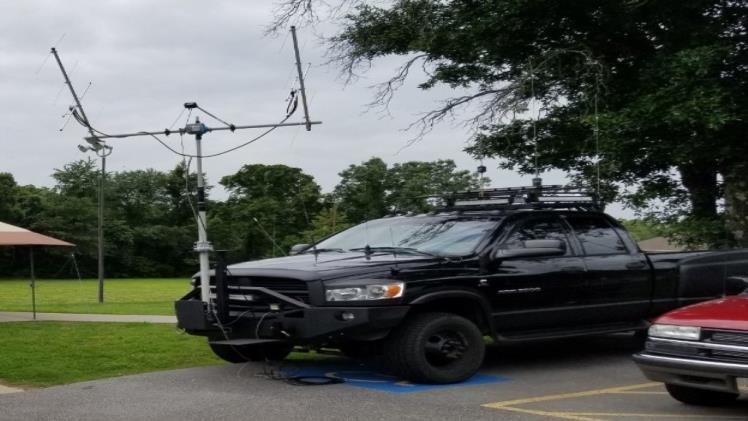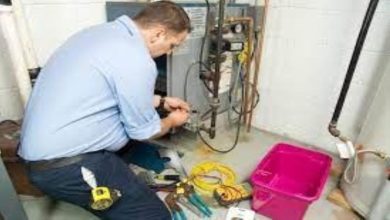Understanding Rotatable Dipole Antennas For Advanced Radio Applications

Rotatable dipole antennas offer a unique combination of flexibility and performance, allowing users to adjust the direction of signals for optimal reception and transmission. Their adaptability makes them invaluable for both hobbyists and professional operators. By learning how these antennas work and where they excel, users can significantly enhance their radio experience and achieve clearer, more reliable connections.
Design Principles Behind Rotatable Dipole Antennas
Rotatable dipole antennas are built with two conductive elements, typically metal rods, positioned in a straight line. Their core feature is the ability to rotate horizontally or sometimes vertically. This rotation adjusts the antenna’s orientation to match the direction of the incoming or outgoing radio waves. By doing so, users can minimize interference and maximize signal strength. The simplicity of the dipole design, combined with the flexibility of rotation, makes it a favorite for many radio operators. Proper understanding of its design helps in predicting performance and optimizing setups.
Signal Optimization With Rotatable Dipole Antennas
One of the most significant advantages of rotatable dipole antennas is signal optimization. By adjusting the antenna’s direction, it can be aligned precisely with the source or target of transmission. This alignment reduces signal loss and enhances clarity. In urban environments with obstacles or varying atmospheric conditions, the ability to rotate ensures a stronger and more stable connection. Radio enthusiasts often notice a marked improvement in reception quality when using a well-positioned rotatable dipole antenna, confirming its importance in advanced applications.
Installation Considerations For Rotatable Dipole Antennas
Installing a rotatable dipole antenna requires careful attention. Height and placement impact performance significantly. Elevating the antenna reduces ground interference and increases range. The rotatable mechanism must be sturdy and capable of smooth movement to ensure precise orientation. Cables and connectors should be weather-resistant if the antenna is outdoors. Following proper installation protocols guarantees the antenna’s longevity and maintains optimal signal performance, making installation a critical aspect of its usage.
Maintenance And Longevity Of Rotatable Dipole Antennas
Maintaining a rotatable dipole antenna is straightforward but essential. Regular inspections for corrosion, loose connections, or mechanical wear keep the system running efficiently. Lubricating the rotatable parts ensures smooth operation and prevents stiffness. Even small adjustments can significantly impact signal performance. With proper care, these antennas can last for decades, continuing to deliver reliable service in advanced radio applications.
Advanced Applications Of Rotatable Dipole Antennas
Rotatable dipole antennas are not limited to hobbyist use. They find applications in long-distance communications, research stations, emergency services, and military operations. Their directional flexibility allows them to focus on specific signals while ignoring unwanted interference. In scientific studies or remote communication setups, these antennas provide the adaptability and precision needed for reliable data transmission. The versatility of rotatable dipole antennas makes them a crucial tool in complex and demanding radio environments.
Conclusion
Rotatable dipole antennas combine simplicity, flexibility, and effectiveness. Their design allows for precise orientation, improved signal quality, and adaptability across various radio applications. From casual amateur radio enthusiasts to advanced communication networks, understanding their principles, installation, and maintenance is key to unlocking their full potential. Investing in a quality rotatable dipole antenna ensures better performance, reliability, and a deeper appreciation for the art and science of radio communication.



